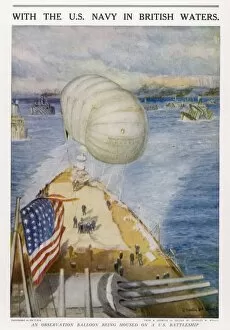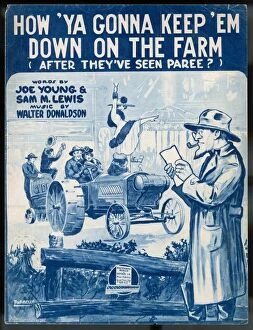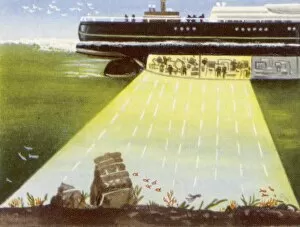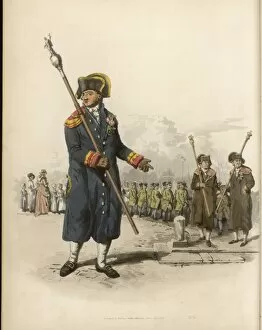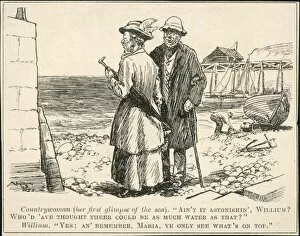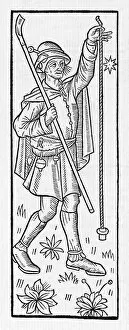Observation Collection (page 51)
Observation is a gateway to unlocking the mysteries of our world and beyond
For sale as Licensed Images
Choose your image, Select your licence and Download the media
Observation is a gateway to unlocking the mysteries of our world and beyond. In Paradiso, Canto 31, the saintly throng forms a celestial rose in the empyrean, reminding us that keen they are reveal divine beauty. The Westland Lysander, an enigmatic creation from 1941 whose creator remains unknown, stands as a testament to human ingenuity and meticulous observation in aircraft design. The PSCI2A-00011 mission takes us on a journey aboard the Cassini spacecraft orbiting Saturn and its moon Titan. Through careful observation of this distant realm, we gain insights into the vastness of our universe. In Dropping from a Kite Balloon in 1917, brave souls risked their lives for aerial reconnaissance during World War I. Their observations from above provided crucial intelligence that shaped history. H. W. Bates's Butterflies from the Amazon showcases his remarkable powers as he meticulously documented these vibrant creatures' intricate patterns and behaviors. The Curiosity rover on Mars captures our imagination with its artwork depicting exploration on another planet. It reminds us that through scientific observation, we push boundaries and expand our understanding of what lies beyond Earth's confines. Undersea exploration in 16th-century Europe reveals humanity's insatiable curiosity about uncharted territories beneath the waves. These early pioneers observed marine life with awe and wonderment. Within the walls of State Penitentiary at Stateville in Joliet, Illinois, USA lie stories waiting to be heard by those who observe closely enough. This institution serves as both cautionary tale and subject for sociological study through careful observation. The Camera Obscura invented in 1817 allows us to witness reality transformed through light manipulation—a reminder that even simple they can yield profound insights into how we perceive our surroundings. Coloured sketches of insects transport us into their miniature worlds—each stroke capturing nature's intricacies revealed only through careful observation.

